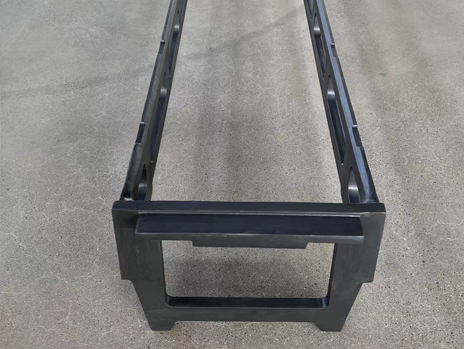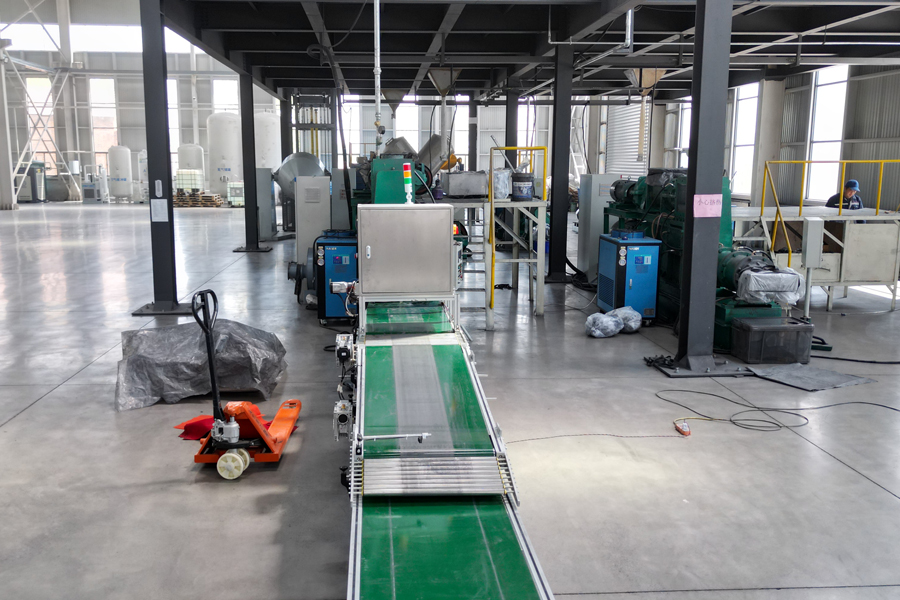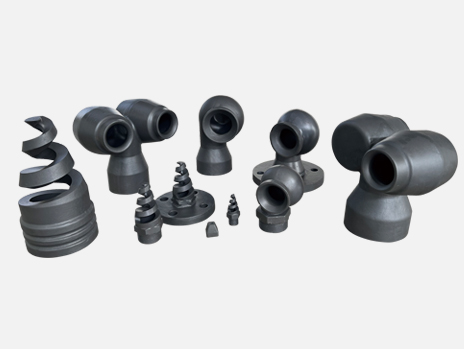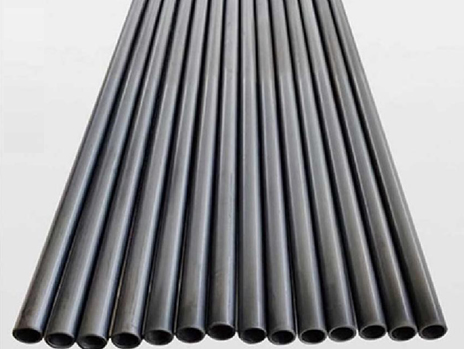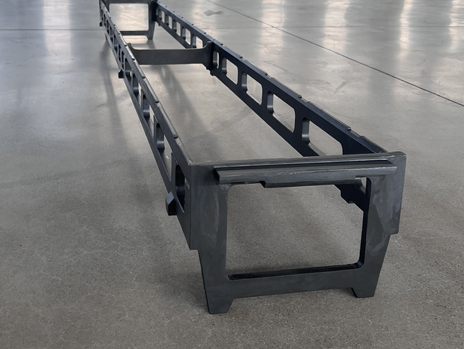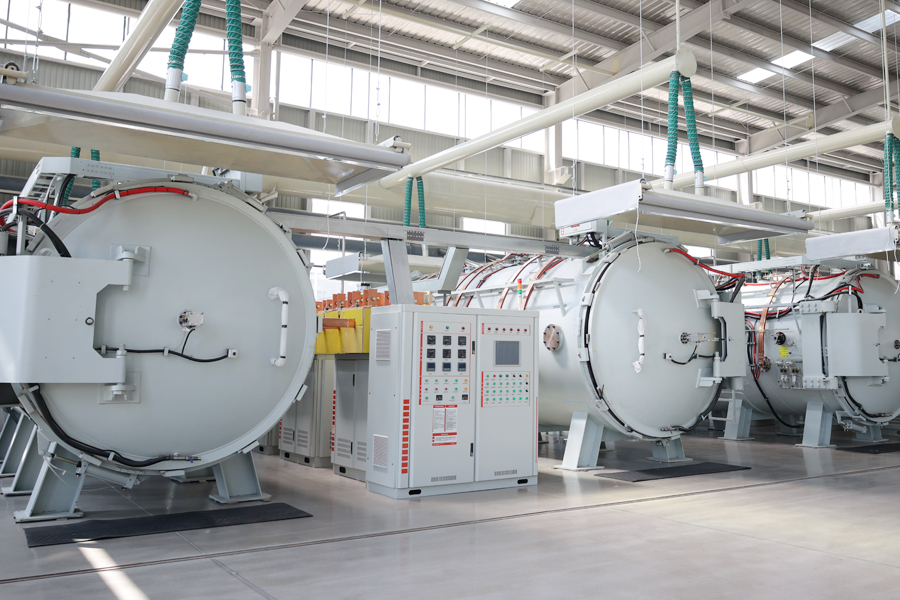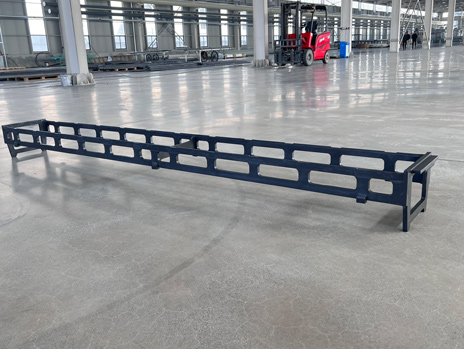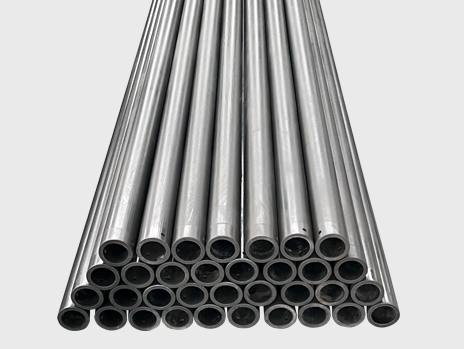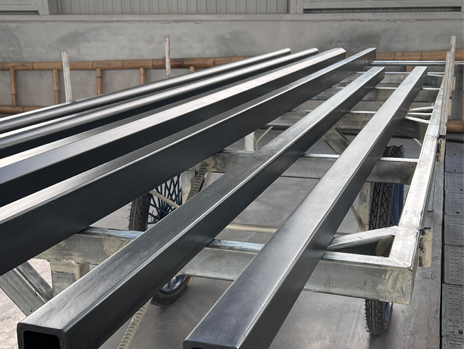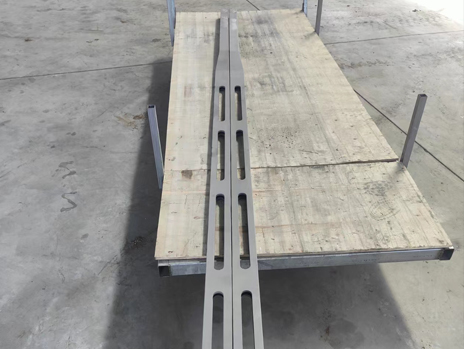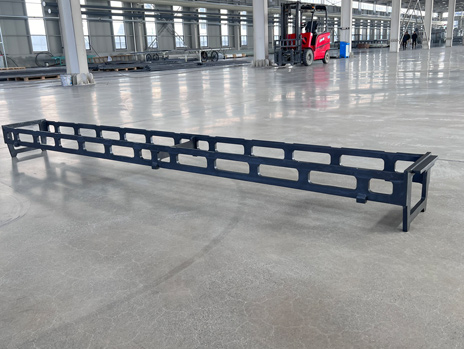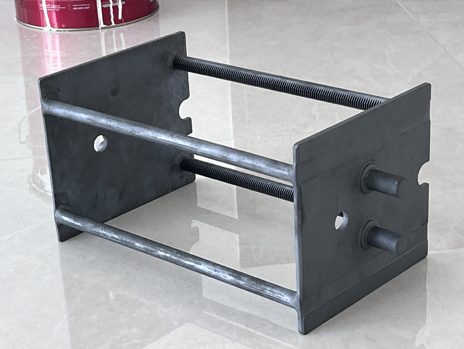Injection molding is a popular manufacturing process used to make many items. It has numerous benefits, including low cost, scalability, and successful mass production. Manufacturing success depends on an understanding of the materials employed in this procedure.
Some of the common injection molding materials include: Thermoplastics like polypropylene, polyethylene, polystyrene, and technical plastics like ABS, nylon, and polycarbonate are used for injection molding. These materials are excellent for many applications due to their distinctive qualities, which include strength, durability, heat resistance, and flexibility. Choose wisely for your manufacturing needs by investigating the characteristics and advantages of common injection molding materials. Let’s explore the world of molding materials for injection molding!
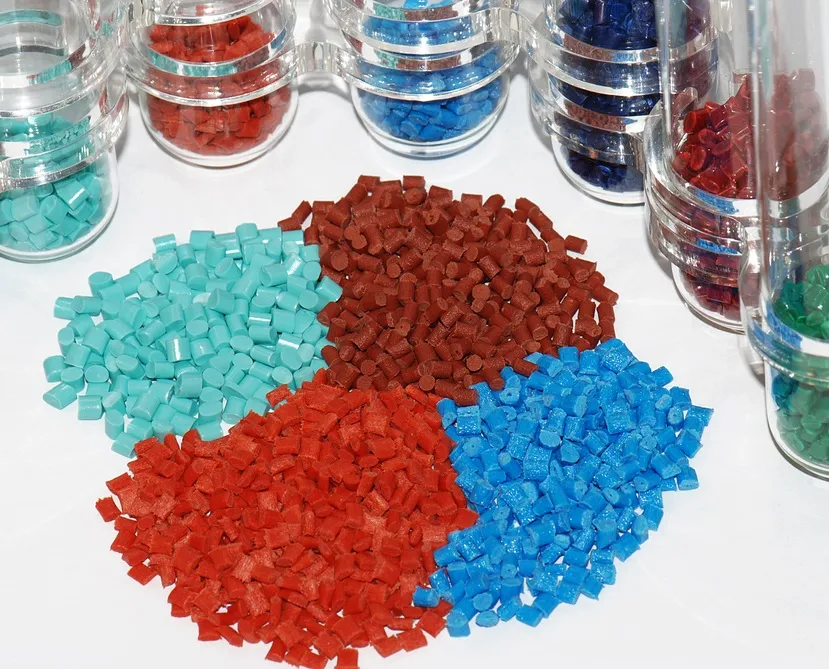
1. Acrylonitrile Butadiene Styrene (ABS)
Thermoplastic ABS is one of the most common injection molding materials, it is renowned for its superior dimensional stability, strength, and impact resistance. It is a popular option for many industries due to its simplicity in molding and post-processing, including painting and plating. Automobile components, electrical enclosures, toys, and home appliances all employ ABS. Its resilience to high temperatures and durability further increase its applicability for these applications.
2. Polypropylene (PP)
Polypropylene is a common injection molding materials due to its versatility and low cost. It is ideal for various applications because of its superior chemical resistance, impact strength, and stiffness. The automotive sector uses PP for bumpers, battery casings, and interior trim. It is the best material for packaging, consumer goods, and medical devices because of its lightweight and resilience to moisture.
3. Polycarbonate (PC)
Polycarbonate is popular for being a transparent, durable, and heat-resistant material used for injection molding. Its impact strength, optical clarity, and flame resistance make it an excellent choice for applications that require high-performance properties. PC is used in automotive lenses, safety helmets, electrical components, and medical devices. Its ability to withstand repeated sterilization processes without degradation also makes it suitable for healthcare applications.
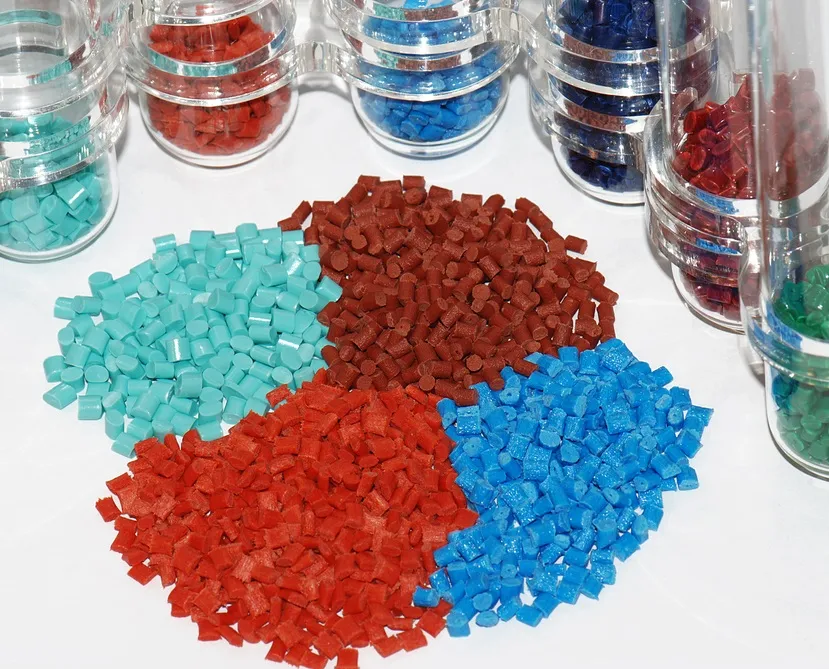
4. Nylon (PA)
Nylon is another of the most common injection molding materials because it is a powerful, adaptable, and long-lasting material. It has good wear resistance, a high tensile strength, and low friction characteristics. Gears, bearings, electrical connectors, and automobile components all use nylon. It is a dependable option for demanding applications due to its resistance to chemicals and the ability to tolerate high temperatures.
The most common types of PA are PA6 and PA66. Nylon 66 is composed of two 6-carbon atoms, and nylon 6 is composed of 6 carbon atoms. Because of their different structures, the performance of the two also has its characteristics.
Here is the difference between PA66 and PA6
PA 66 (Nylon 66)
- Have the best flexibility;
- Dense feel, strong lodging resistance;
- High melting point (264℃);
PA 6 (Nylon 6)
- Easy to dye;
- Soft touch;
- Strong wear resistance;
- Low melting point (228℃).
5. Polyethylene (PE)
One of the common injection molding materials is Polyethylene which has many forms, including high-density polyethylene (HDPE) and low-density polyethylene (LDPE). HDPE offers chemical resistance and stiffness, making it ideal for industrial containers, pipes, and fittings. LDPE is flexible. It is used for squeeze bottles, food packaging, and plastic bags. Both forms of polyethylene have a lightweight nature and durability.
6. Polyoxymethylene (POM)
POM, or polyoxymethylene, is a hard thermoplastic material that is robust and has high dimensional stability. It offers good resistance to wear and chemicals, high rigidity, and low friction. POM is used in injection molding for items like gears, bearings, mechanical parts, and automobile fuel system components that must be exact and complicated. High-performance technical applications choose it because of its moisture resistance and self-lubricating qualities.
7. Polyethylene Terephthalate (PET)
PET is an often-used polymer praised for its strength, clarity, and capacity to maintain shape even at high temperatures. It is employed in producing packaging materials, food containers, and beverage bottles. PET is a popular material for packaging because of its outstanding barrier qualities against smells, gasses, and moisture.
8. Polyethylene Terephthalate Glycol (PETG)
PETG (polyethylene terephthalate glycol) is a translucent thermoplastic substance with fantastic clarity and impact resistance. While having similar qualities as PET, it is more flexible and durable. PETG is commonly utilized in injection molding because of its versatility and ease of processing. It is used in applications like display signage, medical equipment, cosmetics packaging, and food and beverage packaging. It is suitable for healthcare and hygiene-related items due to its sterilization and chemical resistance ease.
9. Polystyrene (PS)
The thermoplastic substance polystyrene is adaptable, lightweight, and reasonably priced. The two common varieties are general-purpose polystyrene (GPPS) and high-impact polystyrene (HIPS). GPPS is used in consumer electronics, disposable cutlery, and cosmetic packaging for its high clarity. Contrarily, HIPS provides greater impact resistance and is utilized in products like toys, household appliances, and food packaging. Besides being simple to mold and having good dimensional stability, polystyrene is also simple to color or print on.
10. Polyphenylene Sulfide (PPS)
High-performance thermoplastic polyphenylene sulfur is renowned for its superior thermal and chemical resistance. PPS demonstrates high dimensional stability, mechanical strength, and flame resistance. It comes in handy in aircraft, automotive, and electrical and electronics sectors. Applications requiring resilience to high temperatures, chemicals, and hydrolysis are appropriate for PPS. It gets a lot of use in electrical connectors, pump parts, filter housings, and fuel system components.
11. Polyether Ether Ketone (PEEK)
Polyether Ether Ketone (PEEK) is a high-performance engineering thermoplastic with remarkable mechanical, thermal, and chemical qualities. PEEK has exceptional strength, stiffness, and creep resistance, even at high temperatures. It has minimal smoke and toxicity characteristics, making it suited for applications requiring a high level of safety. PEEK has many uses in the oil and gas, aerospace, automotive, and medical fields. It is found in parts, including bearings, electrical connectors, pumps, seals, and surgical tools.
12. Polypropylene-Based TPE
A family of materials known as thermoplastic elastomers (TPE) combines the characteristics of plastics and rubbers. TPEs made of polypropylene are exceptionally flexible, impact-resistant, and chemical-resistant. They are used in soft-touch grips, seals, gaskets, and automobile parts. Their appeal is further increased because they are simple to process and recycle.



